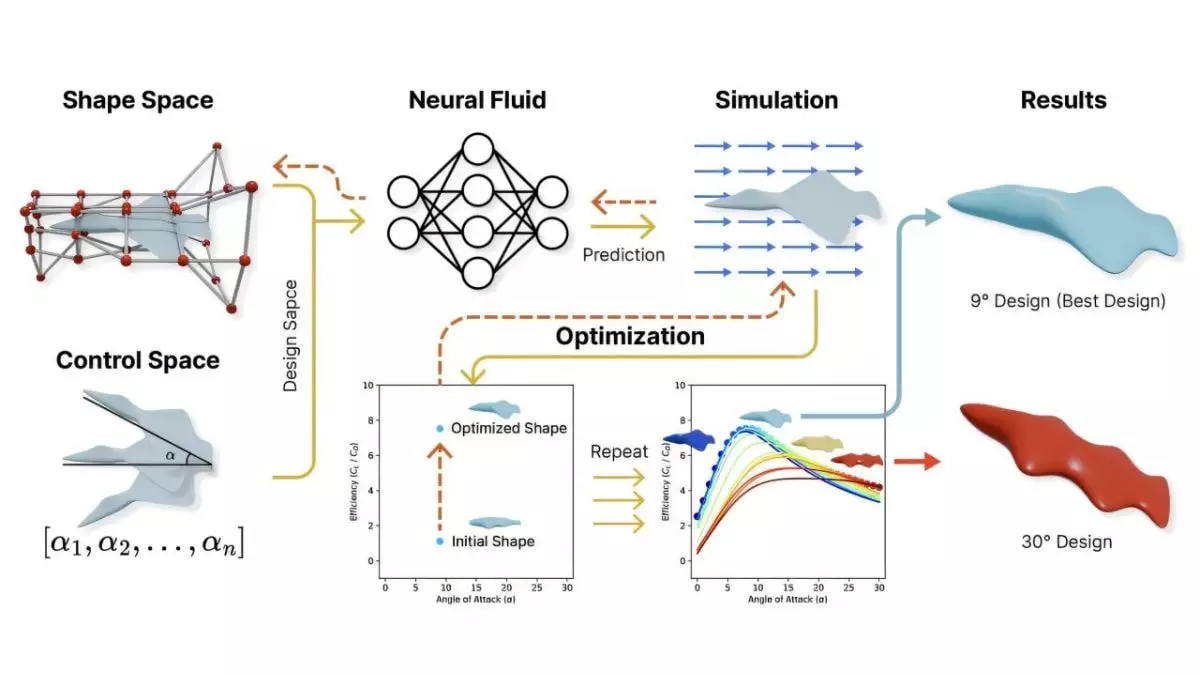The allure of using marine animals as inspiration for human engineering has long captivated scientists. The latest efforts to emulate these creatures through AI-designed underwater gliders promise a future where ocean exploration is less resource-intensive. However, amidst the technological optimism, there lies an uncomfortable truth: these innovations may overestimate how much we can learn about the ocean with minimal effort. While the research showcases impressive advancements in modeling and fabrication, it neglects the complex, chaotic realities of marine environments. The idea of achieving near-perpetual exploration powered by optimized gliders is appealing, but it rests on a series of assumptions that may prove overly optimistic.
The Overhyped Potential of AI-Driven Design
The leap from conceptual shapes to functional underwater vehicles represents significant progress — or so it seems. The researchers have successfully used machine learning to generate novel forms that could glide more efficiently than traditional models. Yet, this process inherently simplifies the intricacies of ocean currents, salinity gradients, and biological interactions. Relying heavily on AI simulations, which are by nature abstractions, risks creating designs optimized for idealized conditions rather than the turbulent, unpredictable reality of the ocean. The assumption that these prototypes can be seamlessly scaled and deployed without unforeseen technical challenges is a dangerously optimistic oversimplification.
The Myth of Cost and Time Savings
One of the project’s touted benefits is reduced prototyping time and costs—an enticing prospect for resource-strapped research initiatives. While 3D printing and AI simulations do streamline initial development, this does not guarantee the long-term affordability or reliability of these systems. Maintaining, repairing, and upgrading autonomous underwater vehicles in a harsh environment will inevitably incur costs that far exceed initial estimates. Additionally, the integration of complex hardware like buoyancy controls and mass shifters introduces layers of mechanical vulnerability. The promise of cheap, easily produced gliders easily glosses over the realities of operational durability and maintenance.
Bioinspiration as a Double-Edged Sword
Basing designs on marine animals might seem intuitive, yet this approach can mislead us into thinking nature provides perfect blueprints. Marine creatures have evolved over millions of years to survive specific niches—not necessarily to serve as models for human engineering. Emulating their forms might offer marginal gains at best, while also risking an overly narrow focus that overlooks other innovative design principles, such as modularity or multi-functionality. The belief that mimicking biology alone can revolutionize ocean exploration reflects a romanticized view that ignores the vast engineering, ecological, and logistical complexities involved.
The Real Challenge: Limitations and Ethical Concerns
While the pursuit of more efficient gliders is commendable, there is an underlying concern about how these advancements might be misused or overhyped. High-tech vessels capable of extensive, low-power operations could facilitate invasive research activities or exacerbate environmental disturbances. Moreover, the focus on technological fixes may divert attention from broader issues—like climate change, pollution, and habitat destruction—that fundamentally threaten marine ecosystems. Relying on AI-designed machinery risks diverting resources from systemic solutions, leading us into a cycle of gadget-driven optimism rather than meaningful conservation and sustainable exploration.
In essence, while AI-driven bioinspired underwater gliders mark an exciting frontier, their promise is intertwined with significant limitations and overestimations. The seductive narrative of effortless, efficient, and inexpensive exploration should be tempered with a critical eye toward the real environmental, financial, and ethical challenges that lie ahead.


Leave a Reply